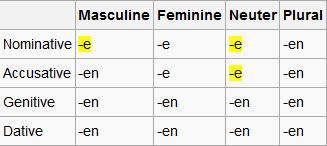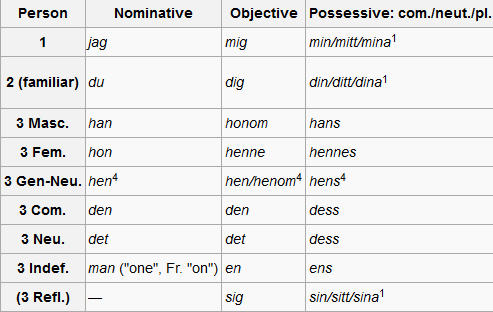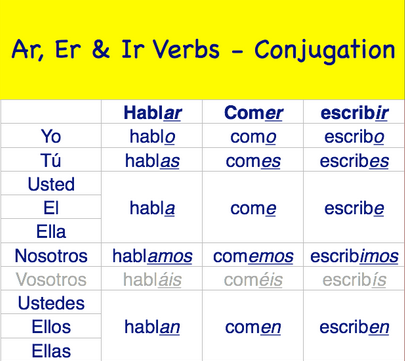Grammar Cheat Sheet – 6 Reasons Why Every Language Learner MUST Have One

The ultimate prize sounds great. But somehow, it doesn't entice you to lay your hands on this filthy creature. Not too often anyway.
No wonder. One look at any enormous grammar book sends shivers down my spine.
Why?
Because opening a grammar book is like teleporting yourself into the middle of a language maze. It's hard to find your way out. Everything seems to be so random and chaotic.
Rules. Rules. More rules. You take a left turn, and you get punched in the stomach. You turn to your right, and you get kicked in the head. Only when you take a few steps back and leave the maze, you begin to see things differently. There are patterns. A lot of patterns. And there is one object, almost the artifact, that can grant you this kind of perspective.
The Grammar Cheat Sheet.
A Case For Grammar Cheat Sheet
It doesn't matter if you're a beginner in language learning or a mean linguistic son-of-a-gun. A grammar cheat sheet should be an indispensable part of your learning arsenal.
Before I dive into some of the main reasons why you should embrace grammar cheat sheets, I want to share with you a story about my youngest student.
I usually don't teach kids. It's a frustrating experience. I am sure that most parents can relate to! Anyway, Adrian is ten years old and a really bright kid. Although amazingly lazy.
Our first lesson revealed that his collective vocabulary amounted to about 40-70 words. After four damn years of his formal English education, he couldn't say, well, anything. Of course, he couldn't even use the words he knew in a sentence.
Not a very promising beginning, right?
However, after explaining the most basic English and writing them on his grammar cheat sheet, something seemingly impossible happened.
He got it, I didn't even expect it, but he got it!
Eleven hours into our English adventure, he is already able to build basic sentences in 4 tenses he knows. Sure, it takes him some time. The sentences are far from perfect. He still needs to resort to the grammar cheat sheet now and then. But again - 10 hours of dedicated learning beat four years of education.
I've had a chance to see more of such success stories with adults. But somehow, this story is the one that stuck with me.
6 Reasons To Create A Grammar Cheat Sheet
1) It Gives You Clarity
Grammar doesn't look half as scary when it is on one piece of paper. Just take a look at the Japanese grammar cheat sheet (don't worry if you don't know Japanese - neither do I.)
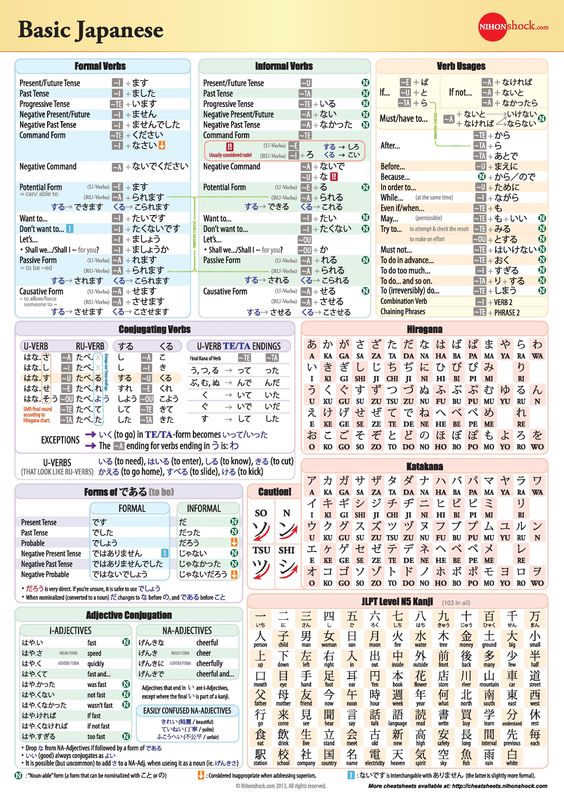
Everything is presented in a clear and transparent form. One glance at this page makes us want to learn this language!
It also helps you to concentrate on all the most critical aspects of the language. It's much easier to notice different patterns. And pattern recognition is something of tremendous value in enhancing memory, mind you!
2) It Decreases the Activation Energy
Activation energy is the initial energy needed to start acting. The more time and steps it takes to start doing something, the higher the chance you won't do it.
Lower the activation energy for habits you want to adopt and raise it for habits you want to avoid. The more we can lower or even eliminate the activation energy for our desired actions, the more we enhance our ability to jump-start positive change.
Guess what? It's much easier to look up a couple of grammar constructions if they are on one piece of paper than:
3) It Changes Your Approach to Learning
Most language learners flinch at the mere thought of browsing a grammar book because it's dull. Oh, so stupefyingly dull.
The thing is that the more times you experience this unpleasantness, the more you condition yourself to dislike opening grammar books.
The peak-end rule says that:
People exhibit better memory for more intensely emotional events than less intensely emotional events (…), the atypicality of extreme memories can lead people to believe those extreme moments are representative of the “set” being judged.
Repeat this ritual a sufficient number of times, and you end up with the full-blown I-f**ing-hate-grammar syndrome.
The cheat sheet is clear and straightforward and thus should encourage you to learn grammar.
4) It Promotes Learning Independence
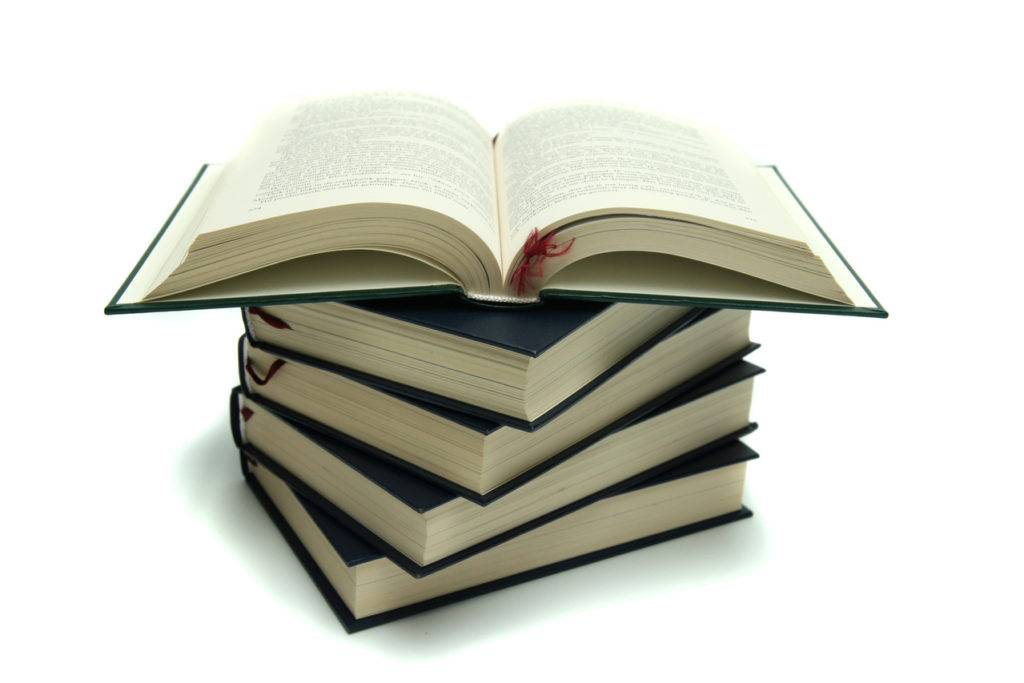
Having just one piece of paper that provides you with essential information about the languages can help you become a more effective independent learner.
Whenever one of my students doesn't know how to create some grammar construction, I always refer them to their cheat sheets. On the surface, it might seem bizarre.
"What the hell is this dude getting money for?"
But the thing is that building a sentence is like doing puzzles. Every piece of a puzzle is a word. Grammar tells us where the given piece should be placed. That's why, after taking a look at the cheat sheet a couple of times, every student becomes intimately familiar with it.
Using the language ceases to be some voodoo magic. It becomes a logical step-by-step process of putting puzzle pieces into their rightful place.
That's also the reason why it's much easier to convince my students to talk with themselves. They don't need me so desperately anymore.
The said piece of paper can substitute a teacher to some degree!
5) It Helps You Relearn Languages
A lot of knowledge we acquire throughout our lives gets forgotten. At least this is how we commonly refer to the phenomenon of not being able to recall information. However, perhaps the more accurate word, in this case, is "inaccessible".
The knowledge you have acquired probably remains in your long-term memory. Here is what the research conducted by the Association for Psychological Science in 2009 has to say about it:
As it turned out, even though the volunteers showed no memory of the second language in the vocabulary test, they were able to quickly relearn and correctly identify phonemes that were spoken in the neglected language.
Psychologists Jeffrey Bowers, Sven L. Mattys, and Suzanne Gage from the University of Bristol found out in another research that:
(...) even though the volunteers showed no memory of the second language in the vocabulary test, they were able to quickly relearn and correctly identify phonemes that were spoken in the neglected language.
Maybe one day, you will be forced to take a break from language learning. Perhaps because of work, family, or general suckiness of life.
Either way, when all the bad things fade away, you will have your cheat sheet to refresh your memory quickly. It will give you an excellent general overview of the most critical parts of grammar. Psychologists Jeffrey Bowers, Sven L. Mattys, and Suzanne Gage from the University of Bristol found out in another research that:
6) It Makes You More Fluent
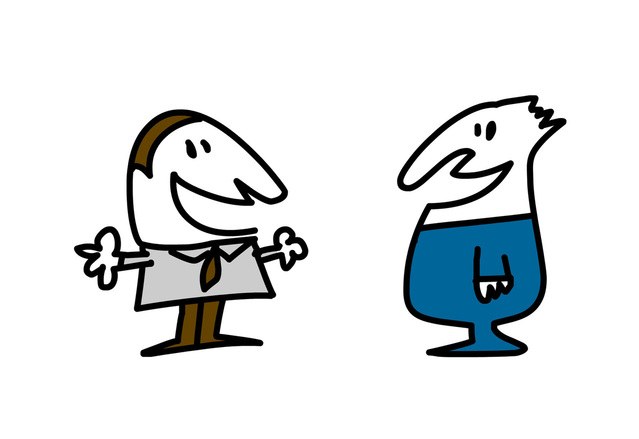
There is this great saying I love.
If all you have is a hammer, everything looks like a nail.
The same goes for grammar. We are cognitive misers. We don't want to use our deposits of cognitive energy if it's unnecessary. That's why we cling to the grammar constructions we feel warm and comfortable with.
Seeing all the other constructions, which you don't use at the moment, in one place can be thought-provoking. It acts as a reminder of different possible ways to express yourself and jars you out of grammar lethargy.
Because, all in all, this is what grammar is - the scaffolding which enables us to build proper sentences. And you can't make even a ramshackle hut if all you got are some measly sticks.
The Most Important Rule For Creating a Grammar Cheat Sheet
There is just one rule you should keep in mind if you decide to create your grammar cheat.
Make it clear and concise
Your cheat sheet shouldn't be bigger than one A4 page. It should only contain all the essential grammar rules. Resist the temptation to jot down all the grammar exceptions and constructions nobody even uses.
Blah, blah. It sounds obvious. But very often, once you start creating your cheat sheet, the urge to include as much information as it is only possible sprouts uncontrollably. All so well known voice whispers, "Dude, don't forget to increase THIS rule. And THAT one as well! Screw it! Rewrite the book! Muahahaha."
The next thing you see is a 40-page behemoth. If you need more information, you can always create a second grammar cheat sheet for more advanced concepts.
However, usually, it is unnecessary. All you need are the essential rules. You will pick up the rest once you start surrounding yourself with a language (and using it).
Grammar Cheat Sheet - Summary
For reasons I am yet to grasp, grammar cheat sheets are underappreciated and underutilized tools in language learning. While it may take some time to prepare one on your own, it is usually a much better choice than buying one.
Reason? Most of the paid ones suck big time. Don't be afraid to put some time upfront. You will reap the benefits of this investment for months (or years) to come.


